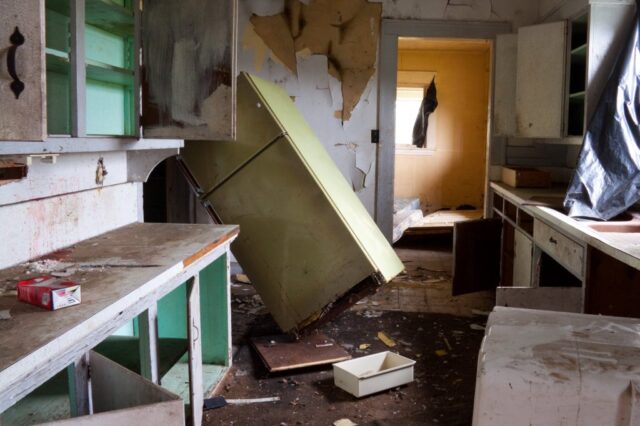Six Rules to Eliminate Tenant Problems Forever
By Ken McElroy
If you’ve ever dealt with a nightmare tenant, late rent, constant complaints, ignoring lease terms, you’re not alone. I’ve managed over 50,000 units in my career, and I can tell you with confidence: tenant issues are not random. They’re predictable, and more importantly, preventable.
This isn’t a theory. It’s a proven system that I’ve refined over three decades of real-world experience. These six rules will help you end tenant problems before they even begin.

1. It Starts with Smart Screening
Every tenant problem begins at the front door. Weak screening guarantees future issues. That’s why we’ve built a rigorous screening process that goes well beyond just checking a credit score.
Here’s what real screening should include:
-
Full credit report (not just a score)
-
Mandatory criminal background check
-
Prior eviction history
-
Verified income (3–4x monthly rent)
-
Rental history with at least two prior landlords
-
Behavioral red flags during the application process (like dodging questions or pushing back on fees)
Treat every applicant the same, every time. Consistency is not just fair, it protects you legally and financially.
2. Use a Professional, Airtight Lease
A generic lease you found online is not enough. Early in my career, our lease was just a few pages long. Now, it’s over 20 pages, because experience has taught us that details matter.
At minimum, your lease should include:
-
Clear rent due dates and late penalties (we use a per-day late fee)
-
Defined tenant responsibilities (including maintenance)
-
Separate policies for pets, guests, and repairs
-
A right-to-enter clause that aligns with your local laws
Your lease must comply with your local landlord-tenant laws. Don’t guess, have it reviewed by an experienced landlord-tenant attorney. A few hundred dollars now could save you thousands later.
3. Set Expectations on Day One
The first week sets the tone for your entire landlord-tenant relationship. Think of yourself more like a coach than a cop. Clarity and consistency go a long way.
Here’s what we do:
-
Conduct a detailed walkthrough with photos and tenant signatures
-
Go over the lease in person. Don’t just email it
-
Explain how rent works, how to request maintenance, and how inspections are handled
When tenants understand the rules upfront, they’re more likely to follow them. Being clear is being kind.
4. Inspect Regularly, Not Just When There’s a Problem
You wouldn’t buy a car and never look under the hood. So why would you rent out a $300,000 asset and never check on it?
I recommend at least two inspections per year. During these, check:
-
HVAC filters
-
Plumbing
-
Smoke detectors
-
Signs of unauthorized pets or occupants
-
General wear and tear
Inspections prevent small issues from turning into expensive repairs. But more importantly, they signal to your tenants that you care, and that accountability is part of the agreement.
5. Enforce the Lease Without Emotion
This is where many landlords go wrong. They manage with emotion instead of policy. That’s a losing strategy.
Our process:
-
Enforce late fees every time
-
Post notices at the five-day mark without drama
-
Follow your state’s legal process consistently
Consistency is key. Tenants don’t expect leniency, they expect clarity. If someone is struggling, point them toward assistance programs, not your personal wallet. Be helpful, but stay professional.
6. Always Be Building Your Waitlist
Here’s the ultimate hack: when you have 10 qualified people ready to rent your unit, you’ll never feel pressured to keep a bad tenant.
We’re always marketing, even when we’re 100% full. Build your leasing funnel year-round:
-
Collect and nurture rental leads
-
Stay in contact with prospective tenants
-
Offer referral rewards to current tenants
Demand equals leverage. And leverage leads to better decisions.
Final Thoughts
Bad tenants don’t come out of nowhere. They come from bad systems. With the right structure in place, you can eliminate most tenant problems before they start.
If you want to download a free PDF on what my real estate company looks for before we buy a property, click here. This will give you even more insight into how we think long-term about operations, risk, and tenant success.



